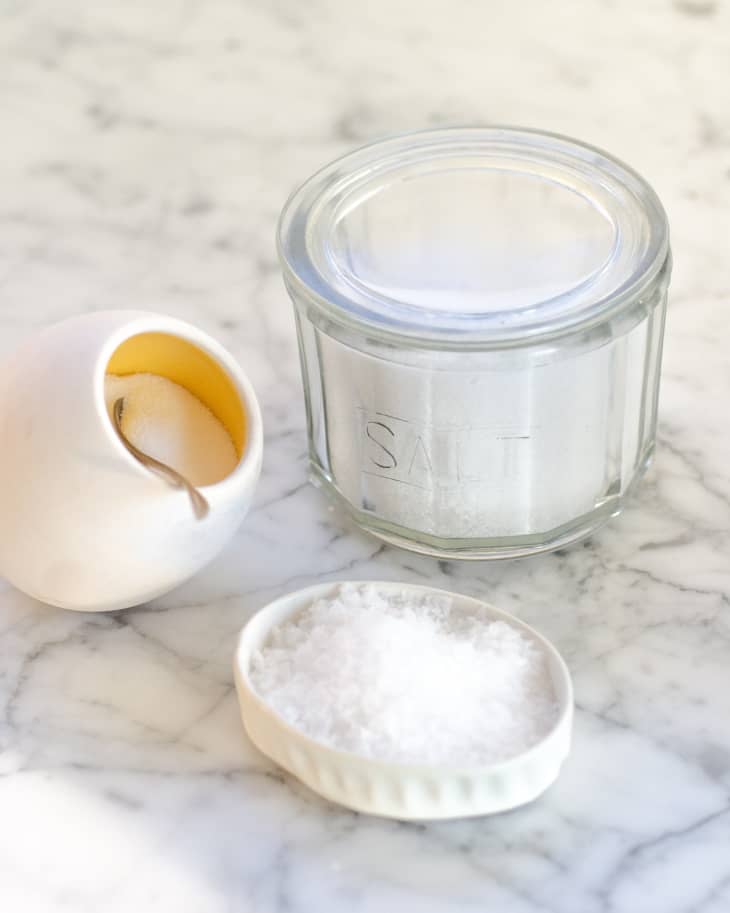5 Ways to Add Flavor Without Adding More Salt
Read just about any recipe, whether it’s savory or sweet, and it will call for some amount of salt. We all know the value it plays in a dish. Most importantly, it enhances the flavor of the food by releasing certain molecules that make it more aromatic. It also intensifies sweetness, which is why a little is usually added to baked goods and other desserts, and can counteract bitterness in foods like leafy greens and other strongly flavored vegetables.
Yet, no matter how essential it is to making what we eat tasty, too much of it can be harmful to our health, and many of us are trying to cut back on the amount of salt we consume daily. The good news is there are a number of ways to mimic the properties salt gives to a dish without actually adding a lot of salt or even any salt at all.
Here are five easy ways to add flavor to your food without adding more salt.
1. Stir in herbs and spices.
The obvious way to enhance a dish’s flavor is to, well, give it more flavor. Raid your spice cabinet and have fun adding a bit of this and a bit of that to your food. A handful of chopped fresh herbs add flavor and brightness, so definitely keep those on hand as well.
2. Add a splash of vinegar.
Vinegar tends to brighten the flavor of a dish, which is especially useful when whatever you’re cooking feels flat and boring. Different vinegars have different flavor profiles as well — red wine vinegar is sharp and tangy, while balsamic vinegar is a bit sweeter and richer. Add a splash to a pan sauce for chicken or toss roasted vegetables with a little and see which you prefer.
Related: 5 Essential Vinegars for Your Pantry
3. Squeeze or zest citrus.
Similar to vinegar, the acidity from citrus instantly brightens the flavor of food. Lemons, limes, and oranges also have a pleasing, familiar flavor to them, which makes them an easy addition to dishes. Add a little fresh zest to a sauce while it simmers, or give your food a big squeeze of juice at the end, right before serving.
4. Sprinkle in some cheese.
Cheese is naturally quite salty in flavor, so it’s an easy swap for actual salt. Hard, aged cheeses like Parmesan and Pecorino Romano tend to be the saltier of the bunch; they are good picks because you don’t have to add a whole lot to reap their flavorful benefits.
5. Add aromatics like garlic, onions, and shallots.
Just like herbs and spices, aromatics like garlic, onions, shallots, leeks, and scallions seriously boost the flavor of a dish. Start any dish by sautéing a little in the pan or pot first, and your end result is automatically going to taste better. Try adding more than the recipe calls for if you’re leaving out the salt.
Read more: How To Chop, Mince, and Dice an Onion
